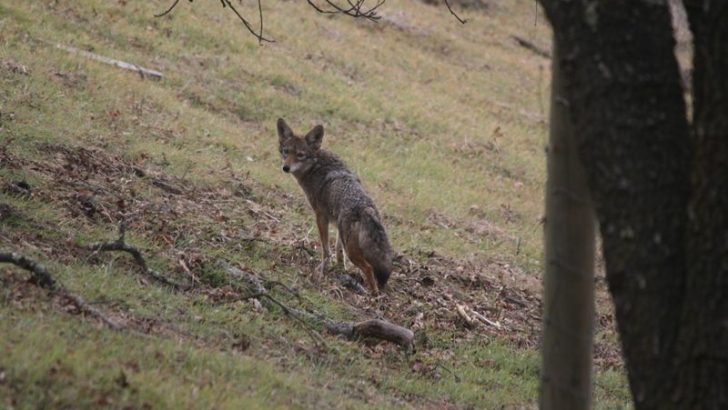Encountering a coyote in your yard can be an unnerving experience, yet it’s important to handle the situation calmly and effectively. Coyotes are naturally curious but generally avoid humans. By taking the right steps, you can discourage these animals from lingering around your property. Here are nine essential actions to consider if you spot a coyote in your yard.
1. Stay Calm and Observant
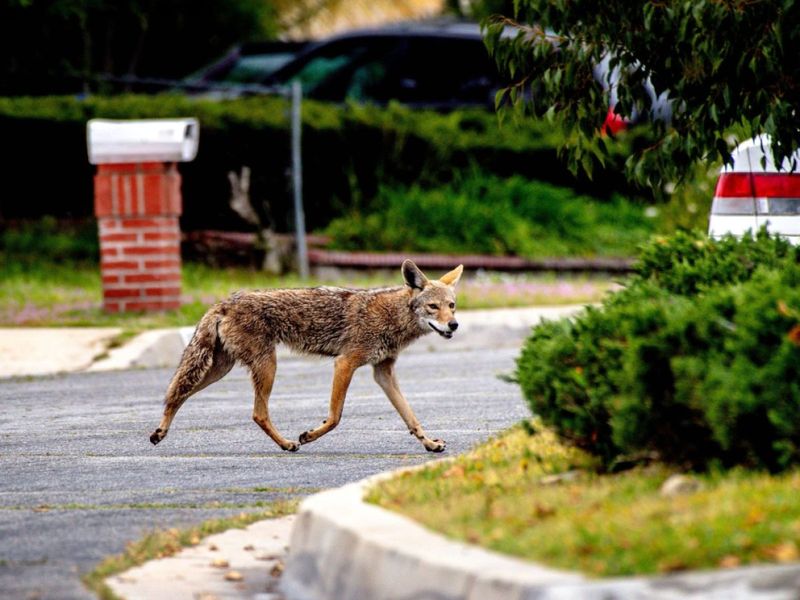
When you first notice a coyote, keep calm. Coyotes are curious creatures, and showing panic might lead them to be more interested in your behavior. Stand still and observe the animal carefully, noting any unusual markings or behavior. This initial assessment is vital for understanding whether the coyote poses a threat. Avoid sudden movements, and maintain a safe distance. Remember, staying composed is your first step in managing the situation effectively. Coyotes usually avoid confrontation, so your calm demeanor can help diffuse potential tension.
2. Make Yourself Big and Loud
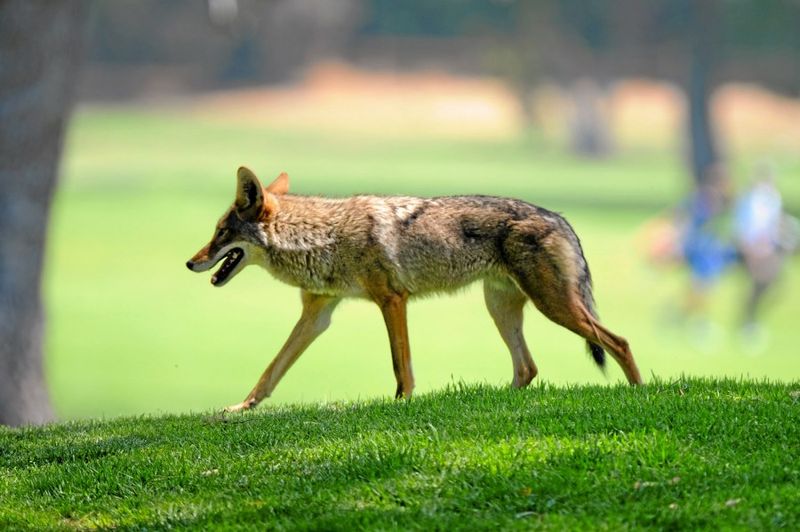
If the coyote seems too close for comfort, make yourself appear larger by waving your arms. Use a firm voice to shout or clap your hands to scare it away. This method, known as hazing, is effective in re-establishing the natural wariness coyotes have towards humans. By asserting your presence, you communicate that your yard is not a safe space for them. Hazing should be your go-to technique for encouraging coyotes to retreat. Consistency in this approach can condition the coyote to avoid human dwellings in the future.
3. Remove Attractants
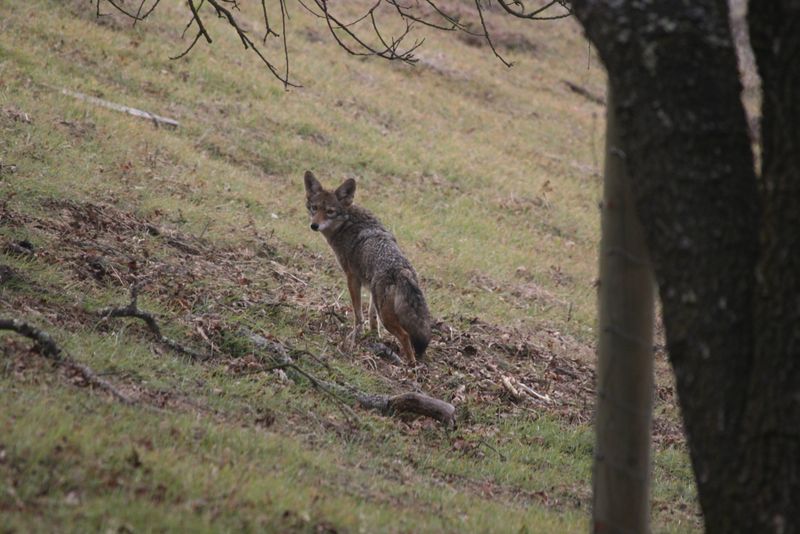
Coyotes are often attracted to food sources like pet food, garbage, or fallen fruit. Once the coyote has left, inspect your yard for anything that might be inviting them back. Secure garbage cans with tight lids and bring pet food indoors. It’s crucial to keep your yard clean and free of food waste. Reducing these attractions can significantly decrease the likelihood of repeat visits. By eliminating these temptations, you help ensure your yard remains less appealing to wildlife. This proactive measure helps maintain a safer environment.
4. Install Motion Sensor Lights

Lighting can be an effective deterrent for nocturnal animals like coyotes. Installing motion sensor lights in your yard can startle and discourage them from lingering. These lights activate with movement, providing a surprise element that coyotes tend to avoid. The sudden illumination disrupts their sense of security, making your yard less inviting. Consider placing these lights strategically around entry points. This non-invasive method not only deters coyotes but also enhances overall home security, providing peace of mind during nighttime hours.
5. Secure Pets and Livestock
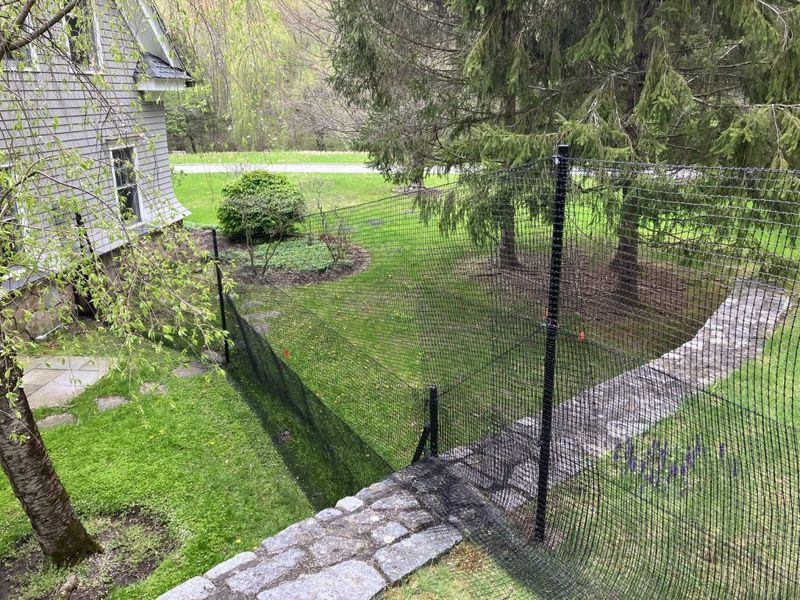
Ensuring the safety of pets and livestock is paramount. If you have small animals, bring them indoors at night. During the day, supervise playtime and keep pets within a fenced area. Livestock should be housed in secure enclosures with sturdy fences. Coyotes are opportunistic predators, and unattended animals are at risk. By taking these precautions, you protect your animals and reduce the appeal of your yard as a hunting ground. Awareness of your pets’ and livestock’s whereabouts is crucial in preventing unwanted interactions with wildlife.
6. Educate Your Neighbors
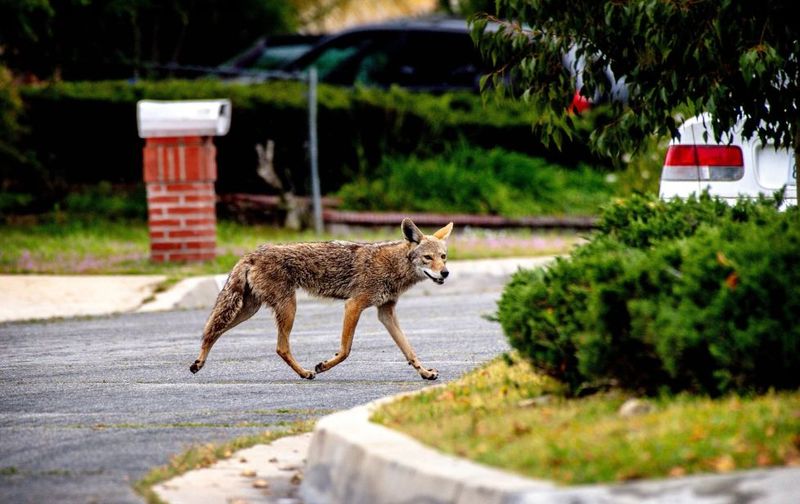
Community effort is essential in managing wildlife encounters. Share your knowledge and experiences with neighbors to create a vigilant community. Distribute pamphlets or host a meeting to discuss coyote safety. By working together, you can implement consistent strategies across the neighborhood, reducing the overall attraction of coyotes to the area. Education helps dispel myths and equips everyone with the right tools to handle sightings. A united approach enhances safety and encourages respect for wildlife, fostering a harmonious living environment.
7. Use Deterrent Sprays
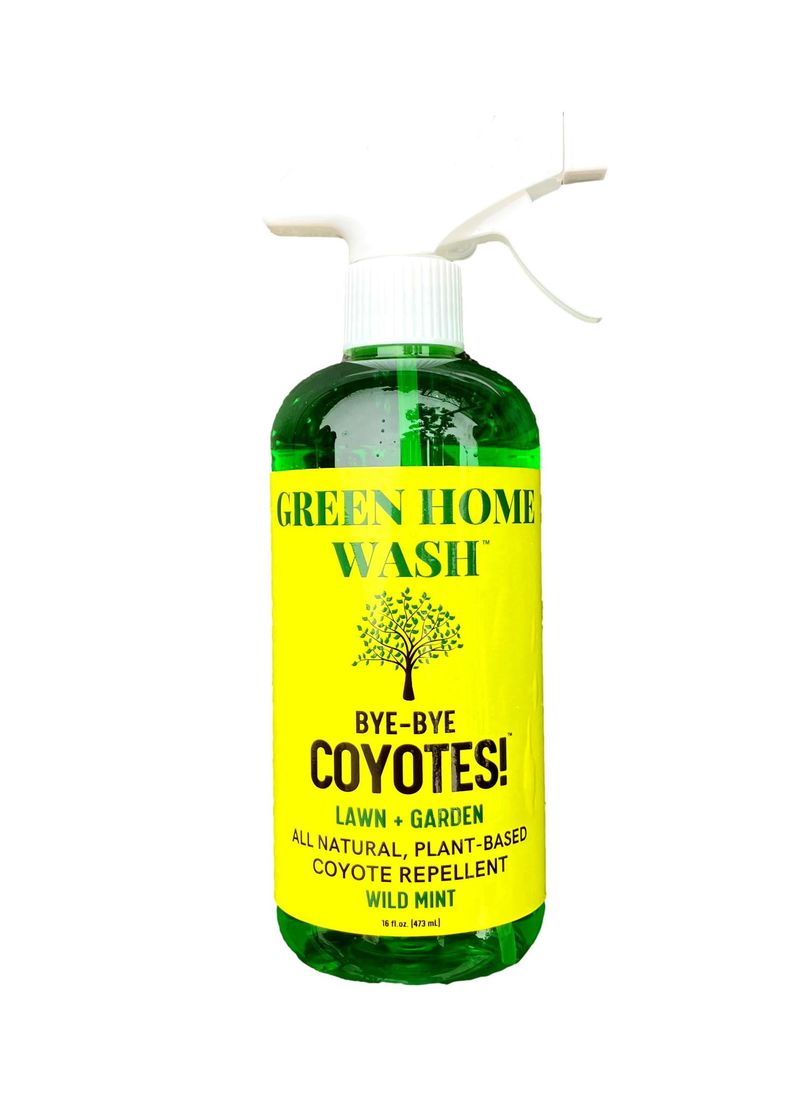
Deterrent sprays can provide an additional layer of protection. These sprays, often made from natural ingredients, are designed to repel coyotes with their strong scent. Apply them along fences, trees, and other yard boundaries. While not foolproof, they contribute to a multi-faceted approach in coyote management. Regular application, especially after rain, ensures continued effectiveness. These products offer a humane option for discouraging wildlife without causing harm. Remember, combining deterrents with other strategies can significantly enhance their success.
8. Install Fencing

A robust fence is a physical barrier that can keep coyotes out of your yard. Opt for fences at least six feet high and consider an apron at the base to prevent digging. This investment not only deters coyotes but also enhances privacy and property value. Proper installation is key to effectiveness, so ensure the fence is well-maintained. While fencing requires financial outlay, its long-term benefits in wildlife management are substantial. It’s a proactive step that reinforces the message that your yard is off-limits to coyotes.
9. Report Aggressive Behavior
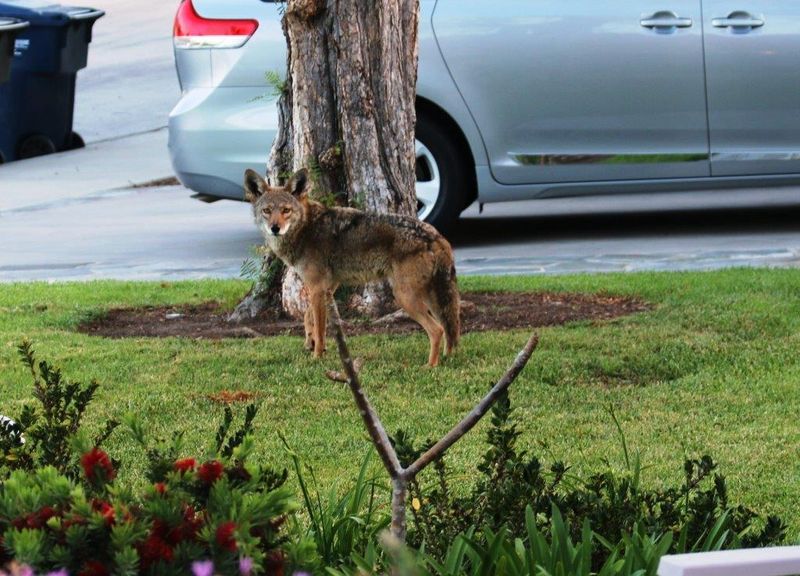
If a coyote displays aggression or loses its natural fear of humans, report it to local wildlife authorities. Providing detailed information helps them assess the situation accurately. Authorities can decide on appropriate actions, which might include relocation or other interventions. Reporting ensures community safety and aids in the study of wildlife behavior. While most coyotes are harmless, unusual behavior warrants attention. Your vigilance contributes to a comprehensive wildlife management strategy, ensuring harmonious coexistence between humans and local fauna.

Mother of three and a primary school teacher. I’ve always loved being around children and helping them, so I chose my path as a teacher. It is sometimes hectic with three children, but I am 100 percent into it and wouldn’t change it for anything in the world.

